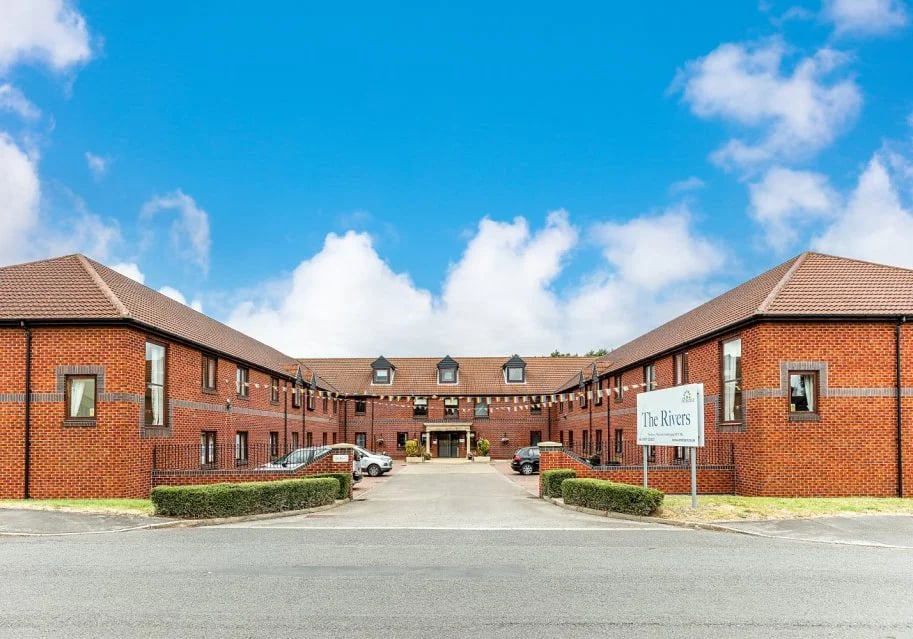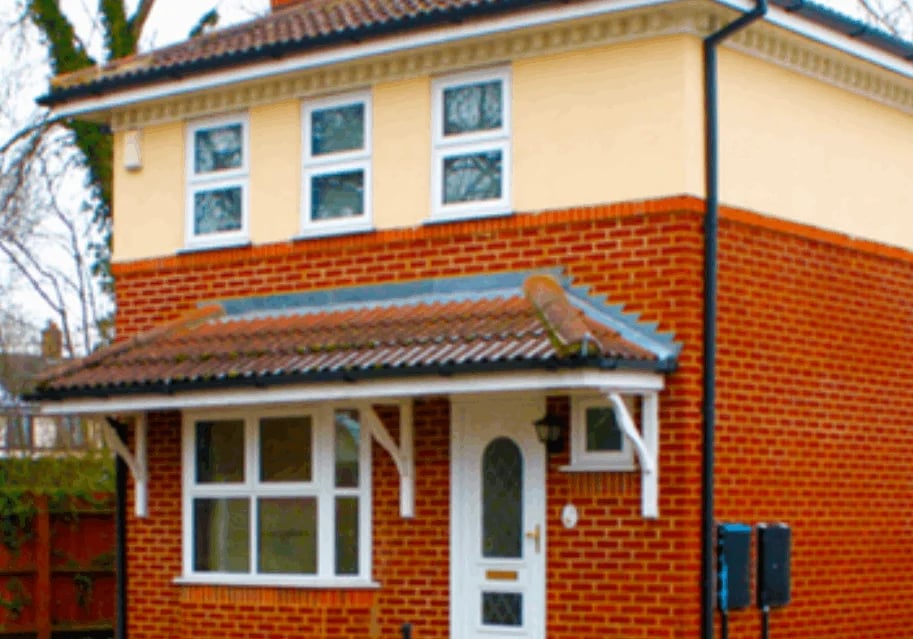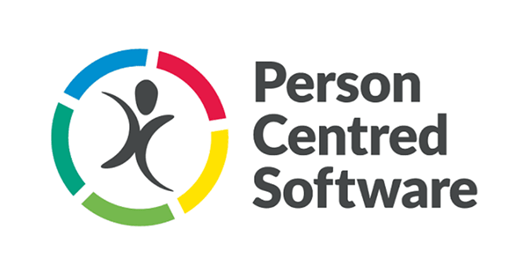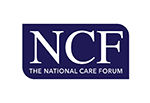Why taking planned preventive maintenance measures for care home maintenance can be less disruptive and more cost-effective

Planned preventative maintenance plays a crucial role in the overall safety, quality and continuity of services within a care home and is vital for the wellbeing of residents. By implementing a strategy of regular inspections and servicing, many potential issues that arise in the running of a busy care home can be identified and delt with before they cause larger issues.
If these potential issues are not identified and managed in a structured way, then care homes might find themselves having to deal with maintenance problems reactively – essentially fixing a problem when they find it, when it has already caused disruption. For care homes especially, this is something that staff and managers should seek to avoid.
While it’s unlikely that reactive or what is also called corrective maintenance (fixing things only once they have already broken down) will ever truly be eliminated in a care home setting, the point is to try and minimise it as much as possible. By employing a planned preventative maintenance strategy, you can ensure that the care home suffers as few disruptions to services as possible.
Why not corrective maintenance?
You might be thinking that corrective maintenance could be enough to cover most issues before they become too disruptive or compromise safety, or that this method might be cheaper and easier to manage rather than wholesale changes like implementing a preventative strategy – but on both counts that isn’t the case.
If you manage maintenance jobs in a mostly corrective way, then there is far more risk in the care home of ‘downtime’ as well as safety. For example, the cost of repairing a broken heating system will likely be greater than the cost of carrying out routine maintenance on it, and in this instance, a great deal of disruption and discomfort might be caused for residents. Or, if a stair lifts breaks, that will likely cause serious disruption to the residents, not to mention potentially compromise safety.
While there are always going to be some instances of corrective maintenance, it’s important to try and minimise it as much as possible, and preventative maintenance strategies will help to ensure that.

The key to planned preventative maintenance management in care homes: regular assessments and reporting
One of the most important aspects of maintaining high standards of quality within a care home environment is by regularly performing checks and assessments of the home’s facilities and building.
To do this, it’s a good idea to start with a checklist of every aspect of the home that would need maintaining, from the building itself (exterior and interior) to furnishings, medical equipment, plumbing, heating and anything in between.
By gathering a checklist and carrying out regular inspections you can formalise the process of assessments to ensure that nothing is ever left so long that it can become disruptive or dangerous. It means you can identify issues early before they escalate into much bigger (and more expensive) problems than they needed to be.

Creating a system that lets you systematically and regularly inspect all areas of the home mentioned earlier, as well as the surrounding areas like outside spaces and gardens, can help you streamline your maintenance. This will mean you're in a better position to assign budgets for upcoming maintenance and repairs that you can factor in, rather than being surprised by them later.
As part of this process of inspections, you then need a comprehensive follow-up system of reporting that compliments the process and ensures a streamlined communication from start to finish. Care staff are often the first to spot maintenance issues. Providing them with a means of reporting issues quickly, as well as an environment where they feel empowered and capable to do so, means that everyone can do their part in the home’s upkeep.
These processes should be comprehensive, but simple – it should be a streamlined structure that has to go through as few people as possible from first being reported to being carried out.
Want to learn more?
Just click below to read our full guide on how you can manage and prioritise maintenance tasks below
What is a simple but effective solution?
 The best way to ensure that maintenance jobs are effectively monitored, reported and managed to completion in the most efficient and cost-effective manner is by investing in a digital tool for care home maintenance.
The best way to ensure that maintenance jobs are effectively monitored, reported and managed to completion in the most efficient and cost-effective manner is by investing in a digital tool for care home maintenance.
The Maintenance Management Tool, part of Person Centred Software’s Connected Care Platform, will enable you to facilitate all maintenance jobs with efficiency and transparency as well as effective communication between staff and maintenance teams.
With this tool, you will have a safe and secure location to handle all jobs, better communication, and you will be far better placed to meet regulatory compliance, among many other benefits!
To find out more about the Maintenance Management tool, just click here to book a consultation and speak with one of our experts.
Simple maintenance software built for care homes
Guarantees all tasks are completed efficiently and on time!





.jpg)

.webp?width=80&height=80&name=HTD%20Awards%202023%20Badge%20(4).webp)














